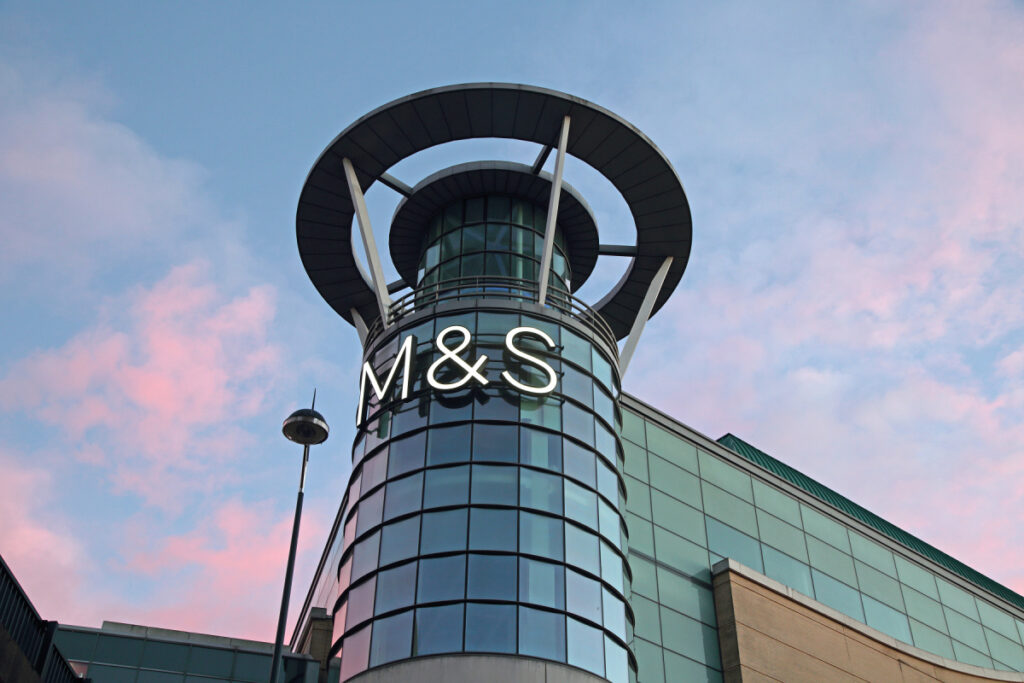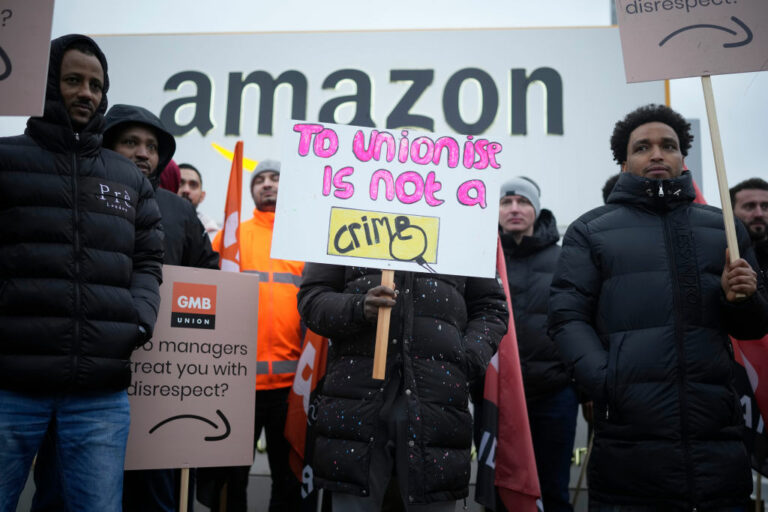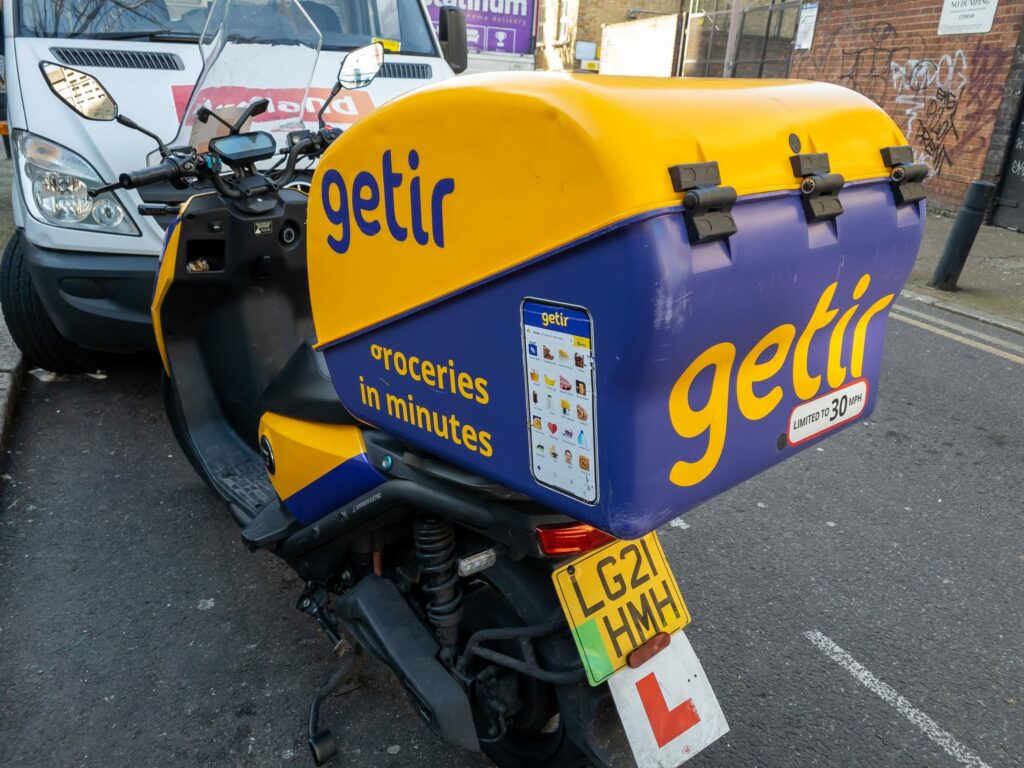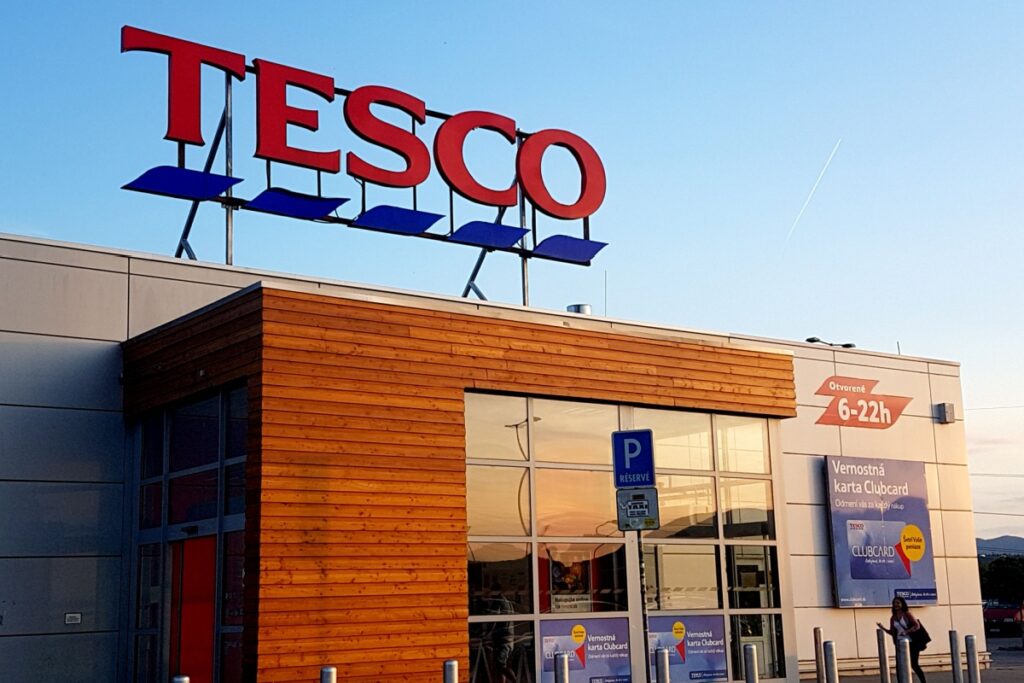The retail sector is an integral part of the UK economy, but crime continues to undermine both profits and growth. The British Retail Consortium (BRC) has carried out annual surveys of crime over the past decade that demonstrate how trends have changed, and highlight why businesses in the retail sector need to remain vigilant.
The British Retail Consortium The BRC Retail Crime Survey provides valuable evidence for the impact of crime on retailers, in the absence of reliable official data. Data isn‘t collected and measured in the same way as many other crimes and there is no official definition of business crime, making it difficult to gauge an accurate picture.
The BRC consists of 30 retailers ranging from small retailers to large multiples, and it includes some purely online retailers. Together they account for 51% of the retail sector in terms of turnover.
The Total Cost of Crime The most recent survey, published in January 2014, covers the 2012–13 period. It found the direct cost of retail crime amounted to £511 million. While that figure is marginally lower than in the previous year, it represents an increase of 166% from 2008–9.
Throughout this period, there were 766,227 offences reported to the BRC, which when converted to the sector as a whole suggests there were 2.7 million crimes across the retail sector. It‘s important to recognise, however, that this only includes customer theft, employee theft, robbery, burglary, criminal damage and fraud, so in reality the figure is likely to be much higher.
Individual Trends Customer theft accounted for the largest proportion of crime at 82%, which is its highest level for nine years. The average value of thefts also increased by 62% to £177 per incident, and retailers believe this is due to a more sophisticated targeting of high value items by organised gangs. One of the most worrying trends is that just one in ten thefts were reported to the police, which suggests a lack of confidence in the law.
Fraud and E-crime has risen 15% since last year, accounting for 41% of the total cost of crime. Most fraud is carried out online and the majority of retailers fell victim to some form of cyber-attack last year. Employee theft, while only accounting for 0.7% of crimes overall, was the third largest type of crime by value. While it was the only one of the key offences that dropped in terms of volume and value from the previous year, it remained at its second highest level for nine years.
The number of burglaries fell 49% from the previous year, although it was especially high in 2011–12 due to the impact of the riots. Despite the fall in volume, the average cost of each crime rose 19% which is yet another indication of organised gangs targeting high value items. Additionally, it‘s thought many attempted burglaries were incorrectly recorded as criminal damage when thieves were thwarted by increasingly sophisticated security measures.
Criminal damage to retailers also dropped by 21% from the preceding survey, which again is likely to be partly due to the riots, but the average cost of each incident rose by 114%.
Finally, while robbery remains the lowest of the offences in both direct cost and volume of incidents, robberies rose by 48% on the previous year, a figure of some concern considering the impact this violent crime has on those involved. Despite this, the average cost of robberies fell, suggesting that measures put in place, such as secure cash handling, are having the desired effect. Conclusion.
The stats in the current BRC Retail Crime Survey suggest that while the overall cost of crime has fallen marginally from the previous year, retailers cannot afford to become complacent. While the rise in online fraud shows that many criminals are moving on to more sophisticated crimes, the rise in organised crime and robberies highlights the importance of efficient security measures.
RELATED STORIES
















